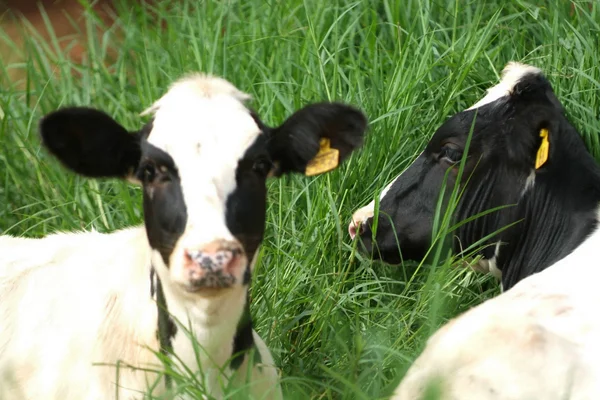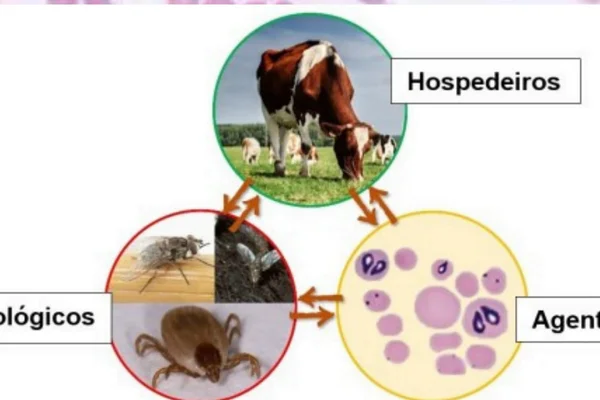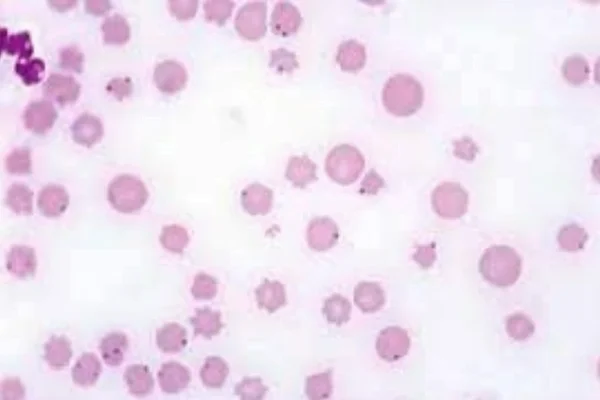Bovine Anaplasmosis: Understanding and Managing This Bovine Disease
Learn all about bovine anaplasmosis, a common disease in cattle. Discover its symptoms, treatments and prevention methods in this informative guide.
Introduction
Cattle breeding is a vital industry, providing meat and dairy products for countless families. However, like all herds, cows are susceptible to various diseases, and bovine anaplasmosis is one such disease that can affect the health of these magnificent animals.
In this guide we will explore bovine anaplasmosis, examining its causes, symptoms, treatments and prevention strategies. Our aim is to equip cattle farmers, students and professionals with the minimum knowledge necessary to protect their herds and ensure their well-being.
Contents
Understanding Bovine Anaplasmosis
Bovine Anaplasmosis, also known as Bovine Anaplasmosis, is a tick-borne disease that mainly affects cattle. It is caused by the bacterium Anaplasma marginale, which infects red blood cells, leading to anemia and other health complications in cows.
Bovine Anaplasmosis Contamination Cycle
The cycle of contamination of bovine anaplasmosis begins with the presence of ticks, which act as vectors for the bacterium Anaplasma marginale. When an infected tick bites a bovine animal, it introduces the bacteria into the animal's bloodstream. From there, the bacterium reproduces in the red blood cells, leading to anemia and other symptoms.
Etiology of bovine anaplasmosis
The etiology of bovine anaplasmosis is linked to the bacterium Anaplasma marginale. This bacterium is transmitted by ticks, which act as vectors. When an infected tick bites a bovine animal, it transmits the bacteria to the animal, starting the cycle of infection.
Epidemiology of Bovine Anaplasmosis
The epidemiology of Anaplasmosis varies according to the region and environmental conditions. Generally, the disease is more prevalent in areas where ticks are abundant. The spread of the disease occurs through the bite of infected ticks, and transmission between cattle is common. It is important to monitor the local epidemiology and implement prevention measures.
Pathology of Bovine Anaplasmosis
The pathology of Anaplasmosis involves analyzing the changes the disease causes in the organs and tissues of cattle. Infection with Anaplasma marginale results in the destruction of red blood cells, leading to anemia. In addition, the bacterium can affect the liver and other organs, causing jaundice and other symptoms.
Microscopic view of Bovine Anaplasmosis
Under a microscope, you can see red blood cells infected by the bacterium Anaplasma marginale. These cells can show distinct morphological changes, such as basophilic inclusions. Microscopic vision plays an important role in the accurate diagnosis of bovine anaplasmosis.
Symptoms of Bovine Anaplasmosis
- LethargyOne of the first signs of bovine anaplasmosis is increased lethargy in affected cattle. They may appear weak and reluctant to participate in normal activities.
- FeverAffected cows often develop a fever, which can be an early indicator of the disease.
- Pale Mucous MembranesThe mucous membranes in the eyes, nose and mouth can become pale, signaling anemia.
- Weight lossCattle with bovine anaplasmosis can suffer rapid weight loss, as the disease affects their ability to eat and digest.
- JaundiceYellowing of the skin and eyes, or jaundice, is a common symptom, indicating liver involvement.
Diagnosis and treatment
The diagnosis of bovine anaplasmosis requires a veterinary examination. The vet will carry out blood tests to check for the presence of the bacterium Anaplasma marginale. If the disease is confirmed, treatment may include the administration of antibiotics and supportive care, such as blood transfusions.
Prevention of Anaplasmosis
Prevention is always better than cure, and this is true for bovine anaplasmosis. Here are some strategies to protect your cattle:
- Tick ControlImplement a robust tick control program, since ticks are the main vectors of the disease.
- Quarantine of New AnimalsWhenever you introduce new cattle into your herd, quarantine them to make sure they are not carrying the bacteria.
- VaccinationsSome regions offer vaccines against bovine anaplasmosis. Consult your local veterinarian to determine if vaccination is a viable option for your herd.
- Good Management PracticesMaintain clean and hygienic living conditions for your livestock to minimize stress and prevent disease transmission.
- Regular check-ups: Schedule regular veterinary check-ups to identify possible problems early.
FAQs
Q: Can it be transmitted to humans? No, this disease is not zoonotic, i.e. it cannot be transmitted from cattle to humans.
Q: Are all cattle equally susceptible to Anaplasmosis? No, some cattle may have a natural resistance to the disease, while others may be more susceptible. This can vary according to the breed and the individual.
Q: Is there a cure for Anaplasmosis? Although there is no specific cure, early detection and treatment can help manage the disease and improve the cow's chances of recovery.
Q: How do ticks transmit Anaplasmosis? Ticks carry the bacterium Anaplasma marginale in their salivary glands. When they bite an animal, they transmit the bacteria into the bloodstream.
Q: What is the economic impact of Anaplasmosis on livestock farming? The disease can lead to significant economic losses due to reduced milk production, weight loss and potential death of infected animals.
Q: Can Anaplasmosis be completely prevented with vaccines? Vaccination can significantly reduce the risk of bovine anaplasmosis, but may not guarantee complete prevention.
Conclusion
It is a serious pathology that can affect the health and productivity of livestock. By understanding its causes, etiology, epidemiology, pathology, symptoms and prevention methods, livestock farmers can take proactive measures to protect their herds.
Regular veterinary care, tick control and good management practices are essential to maintaining a healthy and prosperous cattle farm.
Stay informed, take preventive measures and ensure the well-being of your fellow bovines.
Thanks for stopping by, check out our other work too
https://vettopbr.com/tosse-em-caes/
https://cuidar.petlove.com.br/










